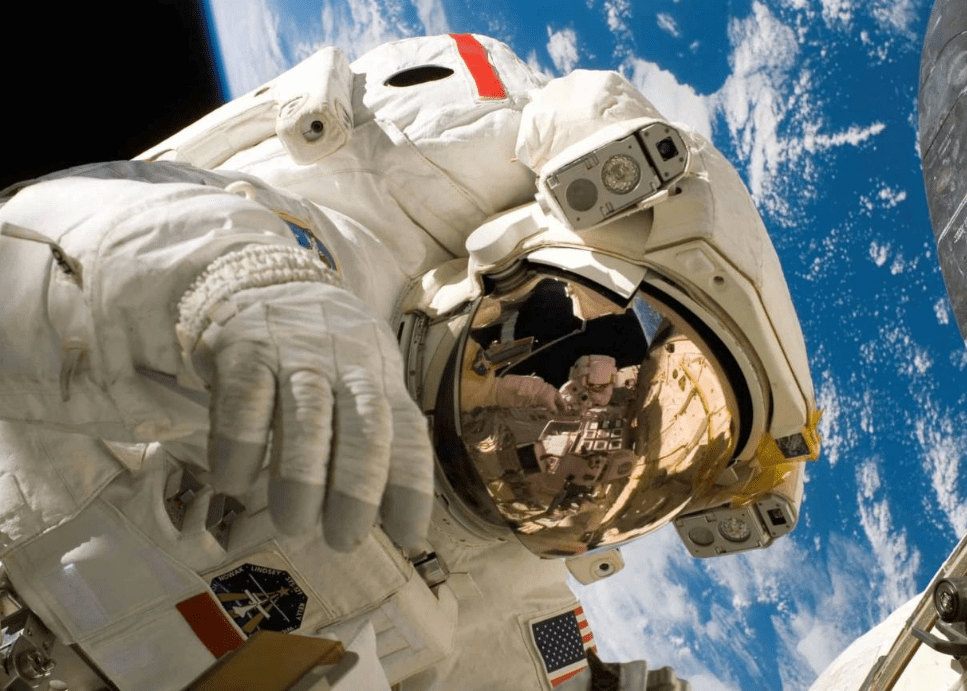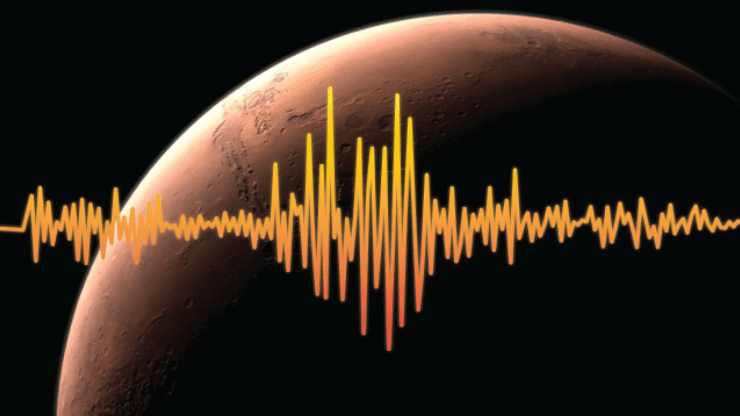Experts are concerned about astronauts going to the moon, Mars or other celestial bodies in the future

A new study has found that space travel causes the rapid destruction of red blood cells in astronauts, resulting in a condition called “space anemia.”
The research, published in the peer-reviewed scientific journal Nature, also found that space anemia was rooted in a process called “hemolysis.”
The process of self-disintegration or destruction of red blood cells in the body for the release of oxygen-carrying hemoglobin is called hemolysis.
Experts say the human body on Earth creates and destroys 2 million red blood cells every second. A research team from the Ottawa Hospital Research Institute in the US and the University of Ottawa found that this process occurs at extreme levels in space.
The findings suggest that the body of astronauts aboard the International Space Station destroyed 54 percent more red blood cells during its six-month mission. Which means 3 million blood cells per second are gone.
One of the study’s authors, Professor Guy Trudel, said: “Since the first space missions, astronauts have suffered from space anemia when they return to Earth. However, we did not know the reason until now.”
Our research shows that when they go into space, more red blood cells disappear, which continues throughout the astronaut’s mission.
Experts thought space anemia was a kind of adaptation to the collection of fluids in the body to the upper regions in a gravitational environment. But new research has shown that’s not the case.
The research team found that the destruction of red blood cells was not only caused by fluid changes, but actually the primary effect of being in space.
The study measured the change of red blood cells in 14 astronauts during a six-month space mission. In the study, 5 out of 13 astronauts had clinical anemia when they landed on Earth. No blood was taken from an astronaut during landing.
“Fortunately, having fewer red blood cells in a gravity-free environment is not a problem,” Professor Trudel said.
But anemia, which affects your energy, endurance and power when you land on Earth and other planets or satellites, can threaten missions. The effects of anemia are only felt when you land because you have to deal with gravity again.
After the astronauts returned to Earth, it took three to four months for the red blood cells to return to normal.
Meanwhile, a year after landing, researchers found that the rate of red blood cells destroyed by the body was 30 percent higher than before the space mission.
“This is the best explanation we have for controlling red blood cells in space and upon returning to Earth,” Trudel said.
Considering these measurements have never been done before, the findings are spectacular. We had no idea if we’d find anything. We’ve been rewarded for our curiosity.
According to experts, hemolysis can occur in 4 parts of the body: bone marrow, blood vessels, liver or spleen. Trudel believes the process that causes space anemia probably occurred in the bone marrow or splendel, and wants his team to continue investigating.
“It is hemolysis that causes anemia, but determining what causes hemolosis is the next step,” Trudel said.
We’re missing information on longer missions, one-year missions, or missions to the moon, Mars or other celestial bodies.
-SciNews, Futurism-




